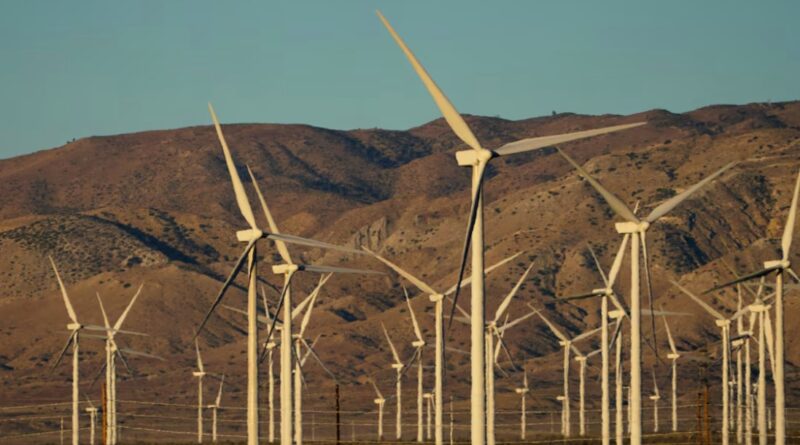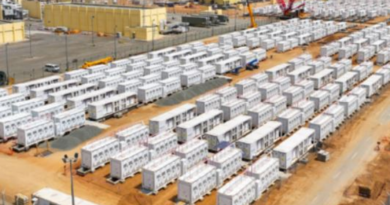Project delays are holding back clean power installation, report says
Delays in projects have caused clean power installations in the United States to fall behind on their expected start dates, according to a report published by American Clean Power Association on Tuesday.
On average, projects experiencing delays would begin operations 15 months after the original expected online dates.
CONTEXT
There has been a push to adopt clean and renewable energy ever since Inflation Reduction Act (IRA) was passed in 2022.
Companies and residents have been looking to capitalize on the IRA, which provides generous tax credits for electric vehicles and clean energy technologies like wind and solar farms.
WHY IT’S IMPORTANT
More than half of the ongoing projects are facing multiple delays, with some even experiencing delays of six or more times, as per the report.
The duration of the project delays varies by the technology involved. On average, wind projects experience delays of 16 months, solar projects 15 months and battery storage projects 14 months.
BY THE NUMBERS
Of the projects that were initially delayed in 2021, a total of 30% are yet to begin commercial operations. Only 47% of the projects delayed in 2022 have been completed so far.
Only 22% of the clean power capacity delayed in 2023 have been commissioned, the report added.
The total combined capacity of projects experiencing delays since 2021 has exceeded 62 GW, with only 29.8 GW expected to become operational by the end of this year.
Among the projects facing delays, solar projects account for 66% of the capacity, while battery storage projects represent 12%. Land-based wind and offshore wind projects each contribute 11% of the capacity.




